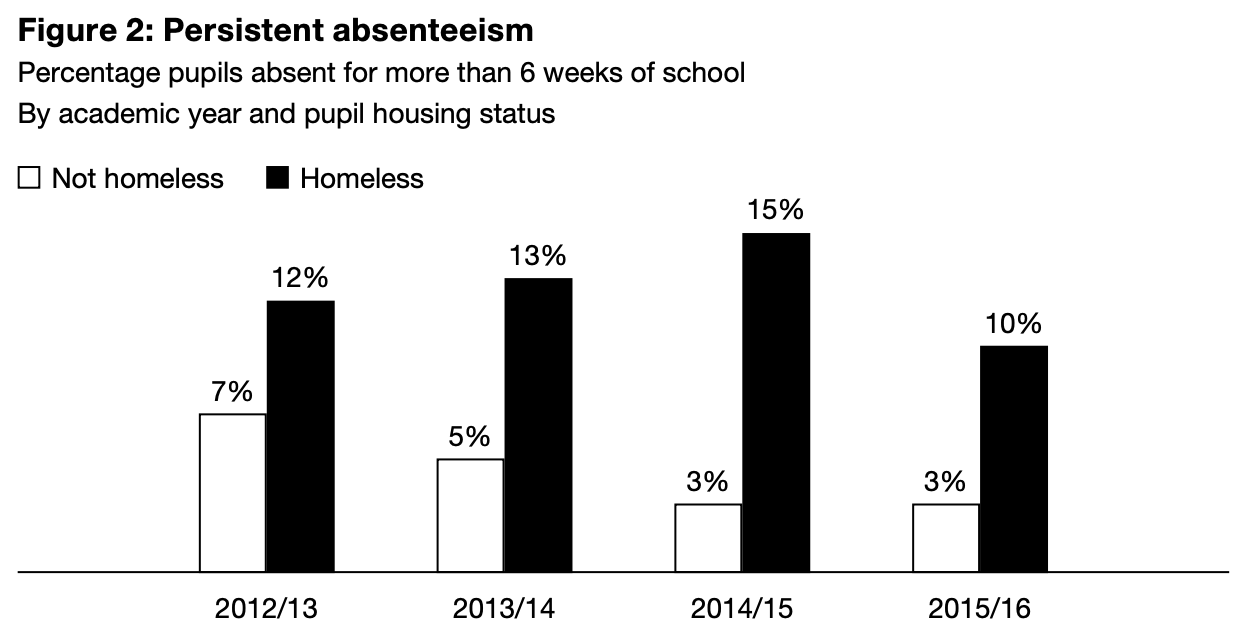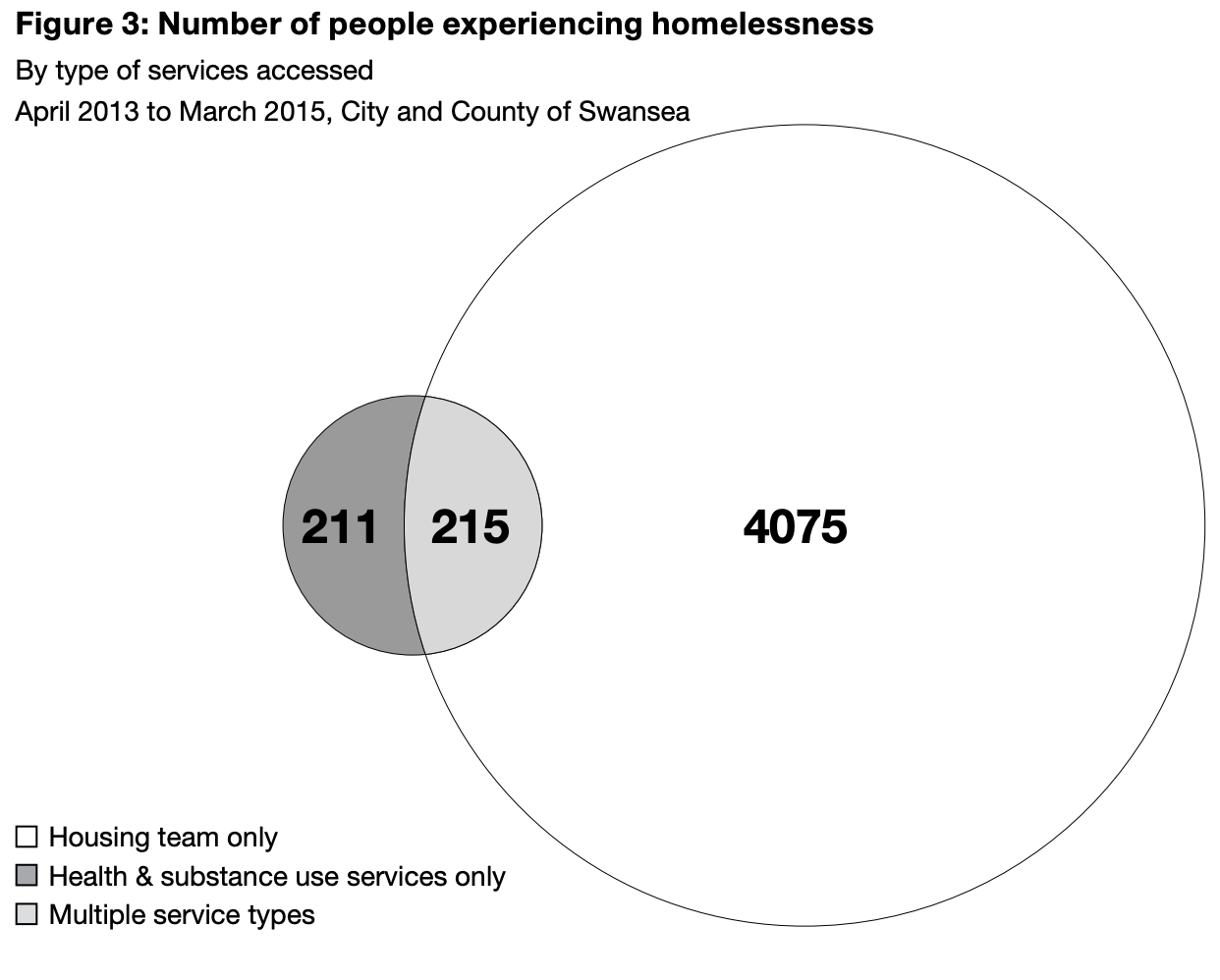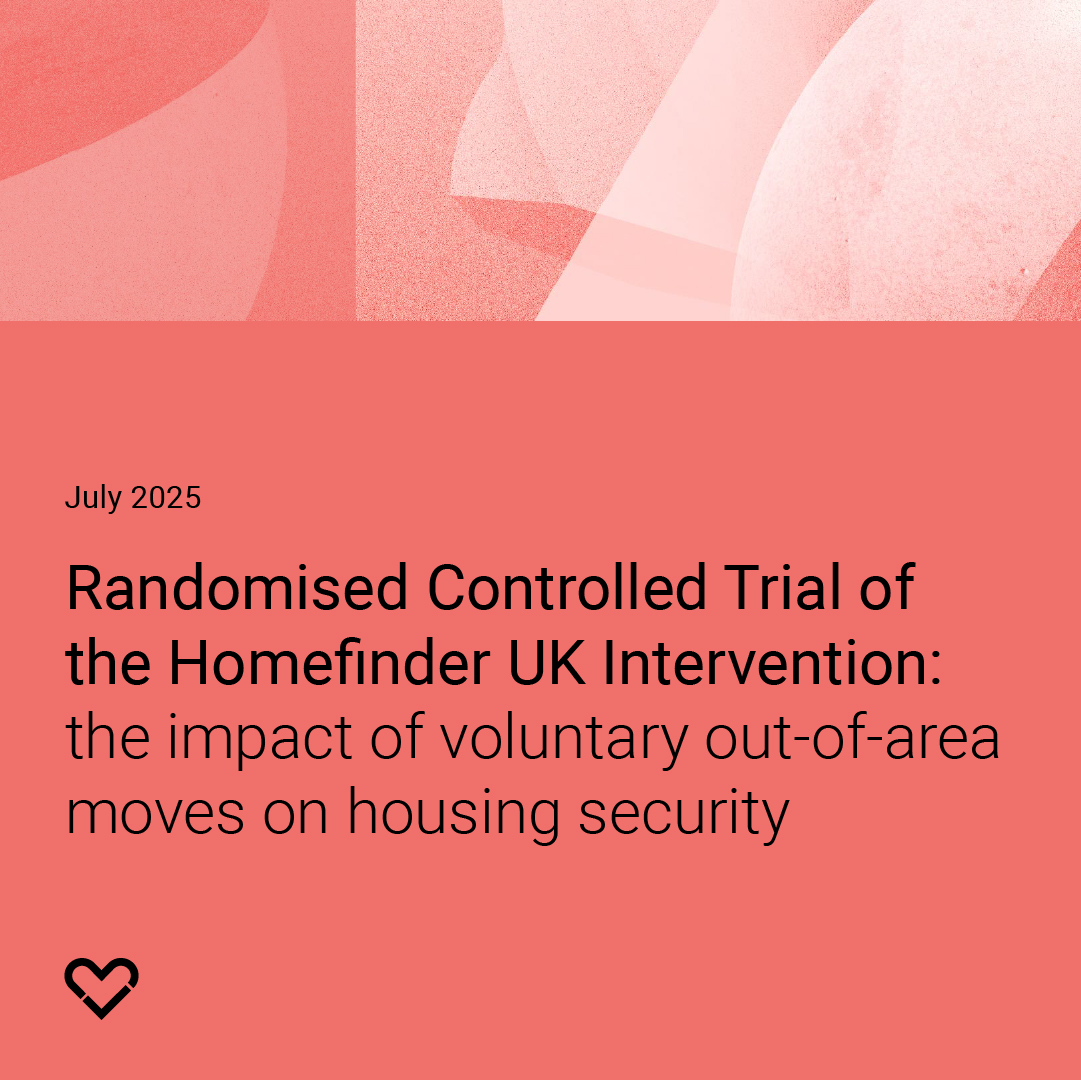European Journal of Homelessness: The Promises and Pitfalls of Administrative Data Linkage for Tackling Homelessness
Outline of the Study
This research explores how linking administrative data from government databases relating to housing, healthcare, education and other areas, can build a comprehensive picture of people’s experiences and better tackle homelessness. The study examines real world examples from Wales and Scotland within a series of case studies to show how this approach can reveal hidden patterns, such as people experiencing homelessness who also need substance use support and how housing instability affects children's school attendance.
The research highlights both the enormous potential of data linkage to improve homelessness policy and the important challenges, including data quality issues, ethical concerns, and complex infrastructure requirements.
Findings in brief
- The use of administrative data linkage varies internationally and relates to data availability and quality, technical and legal data linkage infrastructure
- Well-developed data linkage infrastructure and routine linking facilitates population-level analysis and can identify opportunities for intervention in people’s problems, which can help prevent homelessness
- Case study evidence in Swansea indicates that 23% of people accessing substance use services were also accessing housing support, while 10% of people seeking housing help had accessed substance use services
- Case study evidence in Scotland indicates that people experiencing homelessness had 1.8 times higher A&E attendance rates compared to people living in deprived areas; that mental health admissions were 4.9 times higher among people who had experienced homelessness
- Case study evidence in Wales indicated that children in households experiencing homelessness missed 5 additional school days per year compared to their peers and that there were higher rates of persistent absenteeism (missing more than 6 weeks) among pupils experiencing housing instability
- Data linkage may miss people who h sporadically engage with services, but extending the length of time data is available and triangulating datasets may help with this.
Recommendations in brief
Improve data collection systems through:
- Collecting personal identifiers where legal and feasible, to maintain the high data quality needed for successful linking
- Recognising that some low-threshold services may not be able to collect this information
- Seek to routinely integrate datasets across housing, health, education, and social services, to enable re-use of this data and to maximise impact and value of services for people experiencing homelessness Use linked data to evaluate what works, including large-scale policy and service changes
- Ensuring that researchers involved in utilising and linking administrative data fully understand the legal and operational contexts
- Exploring views around use of administrative data for research amongst people experiencing homelessness
- Collaborate closely with data providers, researchers, and people with lived experience of homelessness to understand data limitations and real-world context
- Ensure public benefit is clearly demonstrated when using administrative data for research where obtaining individual consent is not feasible
- Triangulate across data sources to get more complete pictures of people’s homelessness experiences
- Maximise time periods covered by data to capture people with sporadic service engagement.








.jpg)

